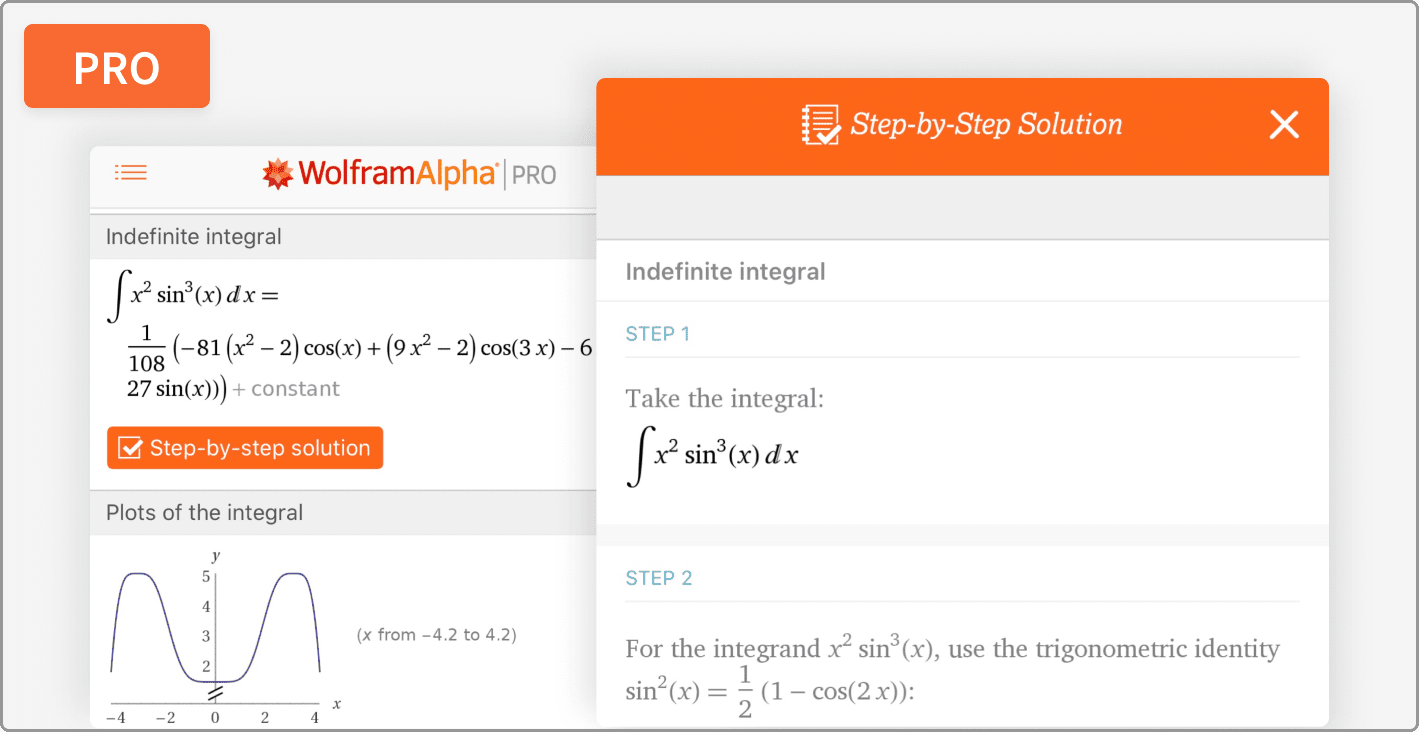Bubble sort is a simple and direct algorithm for sorting a list, named after how air bubbles rise to the surface from a liquid’s depths. To do this, it compares pairs of values next to each other as it moves down a list, swapping them if needed to get the correct order.
Bubble sort is the quickest and most straightforward method of processing data. Students, who may come across a bubble sort question on an exam, will find this article extremely useful and engaging. It calls for an open dialogue about the issue at hand.
When bubble sort is used, elements are put in the correct order by swapping places with their neighbors repeatedly until they are no longer in the right order. The name “bubble sort” comes from how the array of elements moves, which looks like air bubbles in a liquid. In bubble sort, the array elements are slowly moved to the end of the array with each iteration, just like bubbles in water rise to the top.
However, because of its poor performance in the real world, bubble sort is typically only used as a teaching tool, despite its ease of use. You can’t use it for your massive datasets. Complexity analysis shows that bubble sort has an average and worst-case complexity of O(n2), where n is the number of items.
The term “bubble sort” refers to how information in a dataset tends to rise to the top. Another name for bubble sort is “sinking sort,” which refers to the fact that some data elements fall to the bottom of the dataset.
Bubble Sort Algorithm in C – Introduction
Bubble Sort in C continually swaps adjacent unordered elements. Repeat until the array is sorted.
As an example of Bubble Sort in C programming, let’s see here:
#include <stdio.h>
void bubbleSort(int arr[], int size) {
for (int j = 0; j < size – 1; ++j) {
for (int i = 0; i < size – j – 1; ++i) {
if (arr[i] > arr[i + 1]) {
int temp = arr[i];
arr[i] = arr[i + 1];
arr[i + 1] = temp;
}
}
}
}
void display(int arr[], int size) {
for (int i = 0; i < size; ++i) {
printf(“%d “, arr[i]);
}
printf(“\n”);
}
int main() {
int arr[] = {-5, 25, 1, 19, -11};
int size = sizeof(arr) / sizeof(arr[0]);
bubbleSort(arr, size);
printf(“Sorted array:\n”);
display(arr, size);
}
The output of the program:
Sorted array:
-11 -5 1 19 25
This is how bubble sort in C works.
A detailed explanation of Bubble Sort:
A method is used in bubble sort algorithms. Greater numbers will rise to the top of the array one by one if we sort them in ascending order. Now you know the origin story! It gives us an easy mental image to work with.
Bubble Sort: When to use it?
You can gain several benefits from using this algorithm. It is simple to create, only needs a few lines of code, and is easy to understand. In-place sorting reduces the amount of memory required for the process. Once the data is sorted, it is already in memory and ready to be processed.
The working procedure of the Bubble Sort Algorithm:
Let’s look at how the Bubble sort algorithm operates now.
By using the bubble sort algorithm on an unsorted array, we can examine how it works. Since we know that bubble sort has an O(1) complexity, we use a small, precise array of O(n2).
Here is the array of elements –
| 15 | 34 | 28 | 37 | 12 |
- First Pass
The first two items will serve as a starting point for the sort. See which one is better by comparing the two.
| 15 | 34 | 28 | 37 | 12 |
Here, 34 is greater than 15 (34 > 15), so it is already sorted. Now, compare 34 with 28.
| 15 | 34 | 28 | 37 | 12 |
Compared to 34, where 28 is smaller, some swapping will be necessary. We can imagine what the new array will look like after the swap.
| 15 | 28 | 34 | 37 | 12 |
Now, let’s compare 34 and 37.
| 15 | 28 | 34 | 37 | 12 |
37 is larger than 34 in this situation. They do not need to be rearranged because they are already in order.
So, from here on out, we’ll be comparing ages 37 and 12.
| 15 | 28 | 34 | 37 | 12 |
In this case, 12 is less than 37, which is not in order. So, swapping must happen. We’re now at the end of the list. After the first pass, the array looks like
| 15 | 28 | 34 | 12 | 37. |
Now, step to the second iteration.
- Second Pass: The same steps are repeated for the second iteration.
| 15 | 28 | 34 | 12 | 37 |
| 15 | 28 | 34 | 12 | 37 |
| 15 | 28 | 34 | 12 | 37 |
In this case, 12 is less than 34. So, swapping must happen. After the swap, the array will:
| 15 | 28 | 12 | 34 | 37 |
| 15 | 28 | 12 | 34 | 37. |
Move on to the third iteration now.
- Third Pass
The third iteration follows the same steps.
| 15 | 28 | 12 | 34 | 37 |
| 15 | 12 | 28 | 34 | 37 |
In this case, 12 is less than 28. So, swapping must happen. After the swap, the array will:
| 15 | 12 | 28 | 34 | 37 |
| 15 | 12 | 28 | 34 | 37 |
| 15 | 12 | 28 | 34 | 37. |
Move on to the fourth iteration now.
- Fourth pass
In the same way, the array will look like this after the fourth iteration:
| 12 | 15 | 28 | 34 | 37. |
So, there is no need to swap, and the array is entirely in order.
Bubble sort – pros and cons?
It has many benefits. It’s easy to write and requires a few lines of code. Once sorted, the data is in memory and ready for processing.
Bubble sort is slow. If you have 100 values to sort, each run over the list will require 99 comparisons.
Conclusion
Bubble sort is a reasonably basic algorithm. It’s an intriguing illustration of how you can apply basic computations to difficult tasks. However, the algorithm is relatively slow compared to other sorting algorithms.
Today’s competitive world requires more than just knowledge of one programming language. As a result, it is imperative to be able to speak multiple languages. You can opt for our Post Graduate Program for Full Stack Web Development and this is one of the most recommended programs. As a result of this course, you will gain an understanding of some of the most popular development languages currently available.








